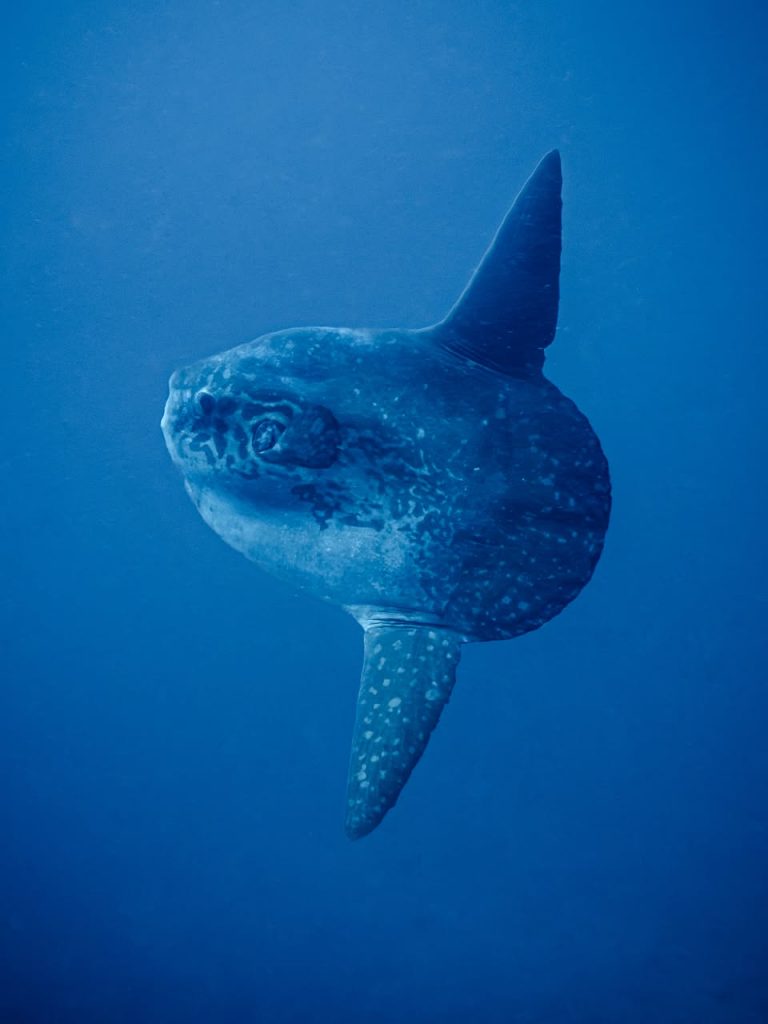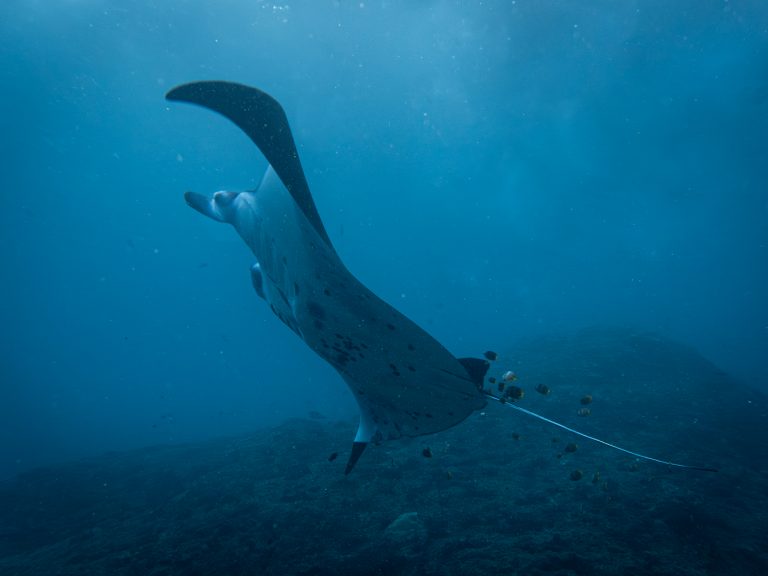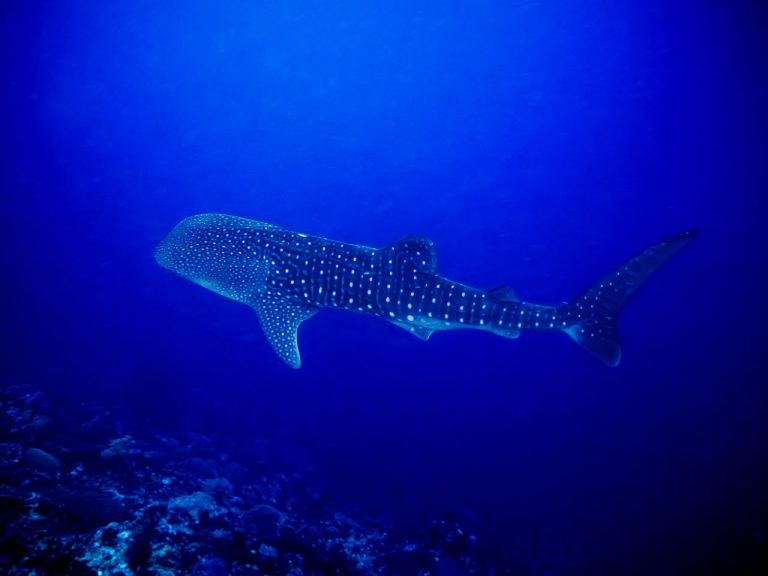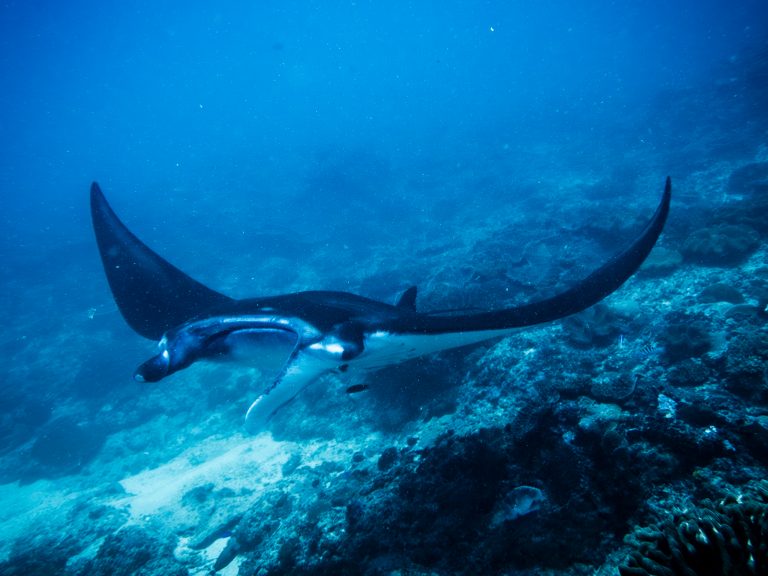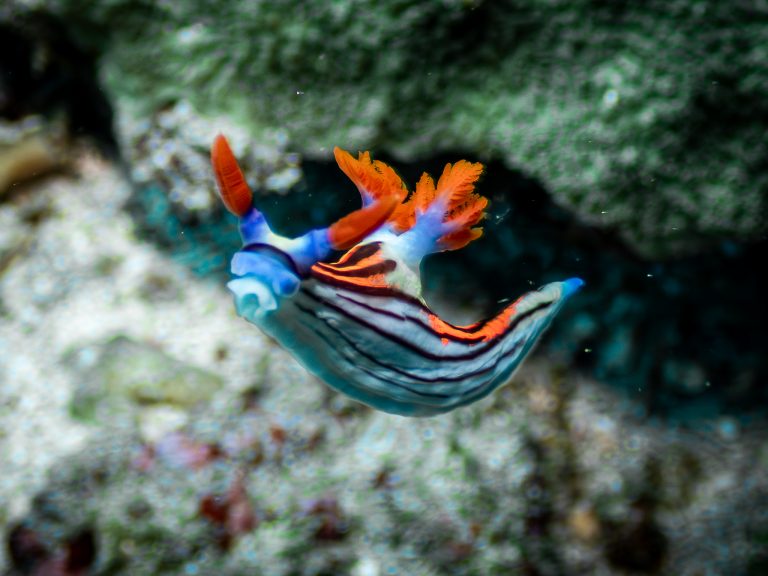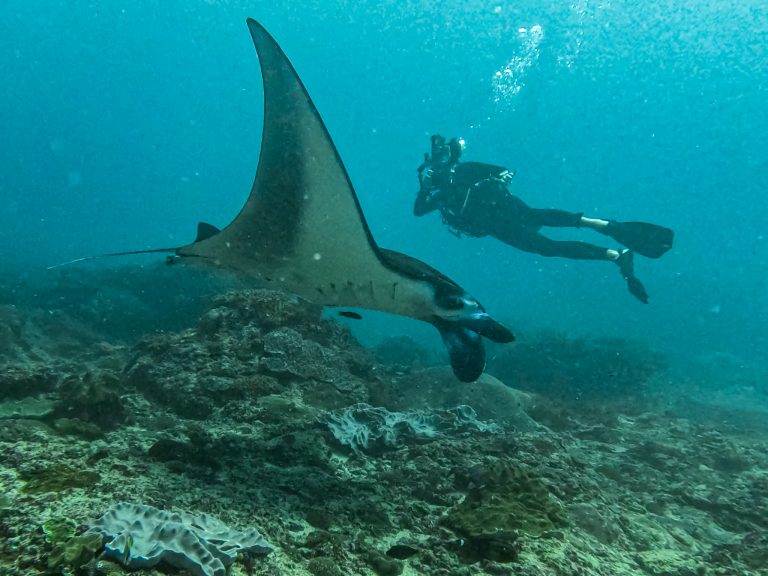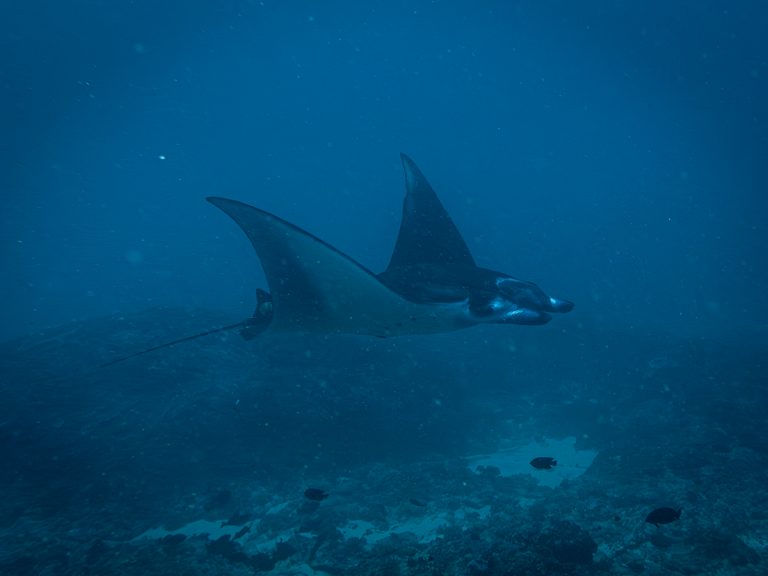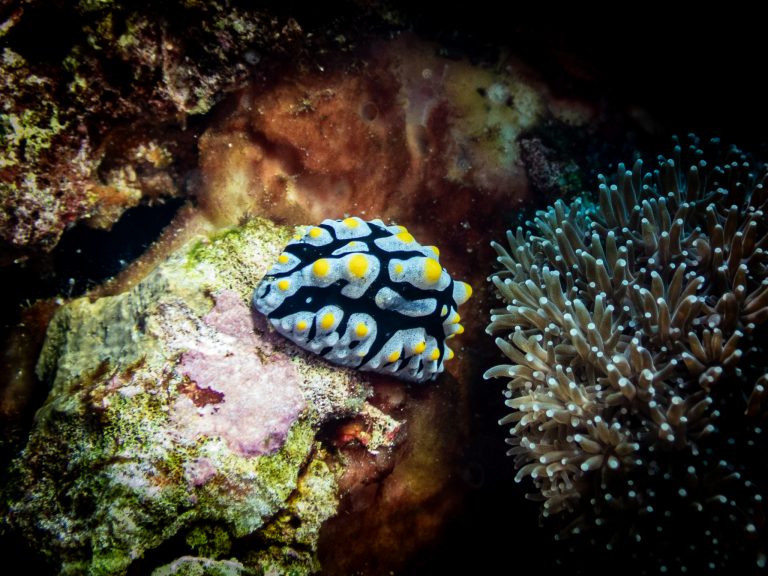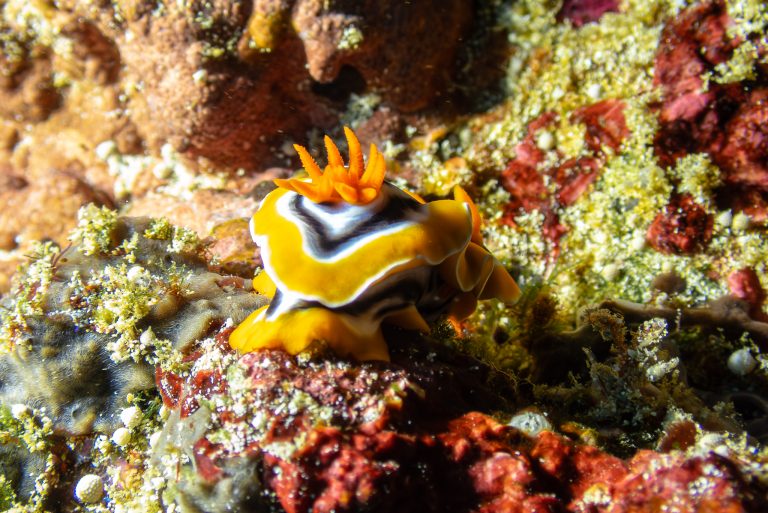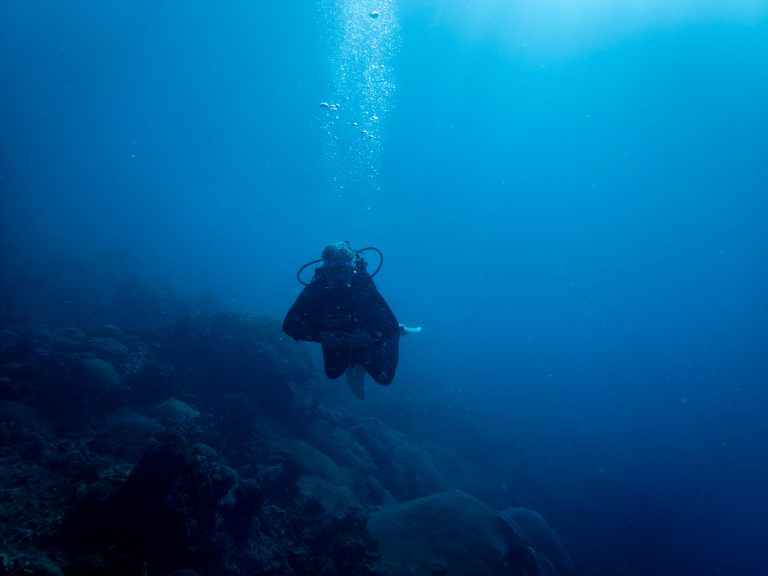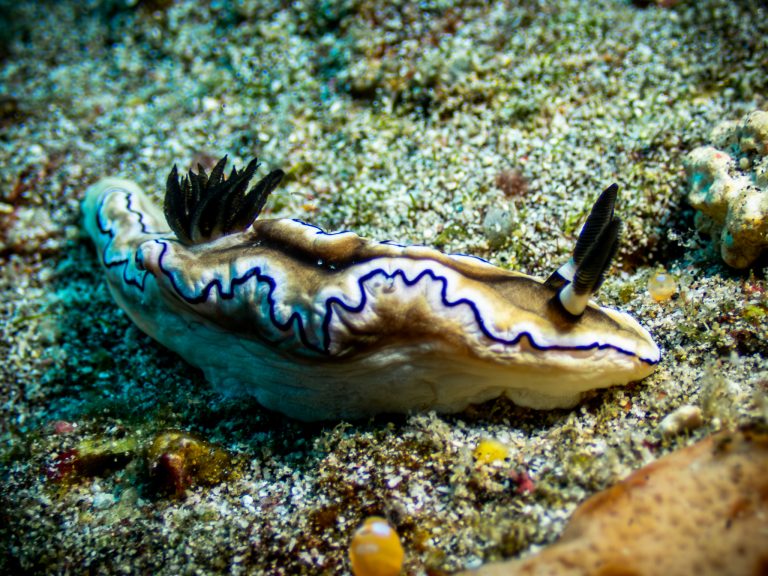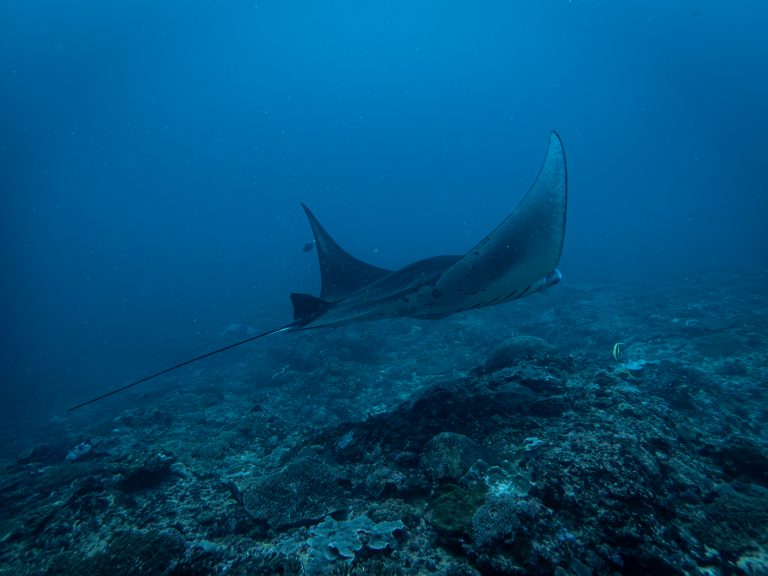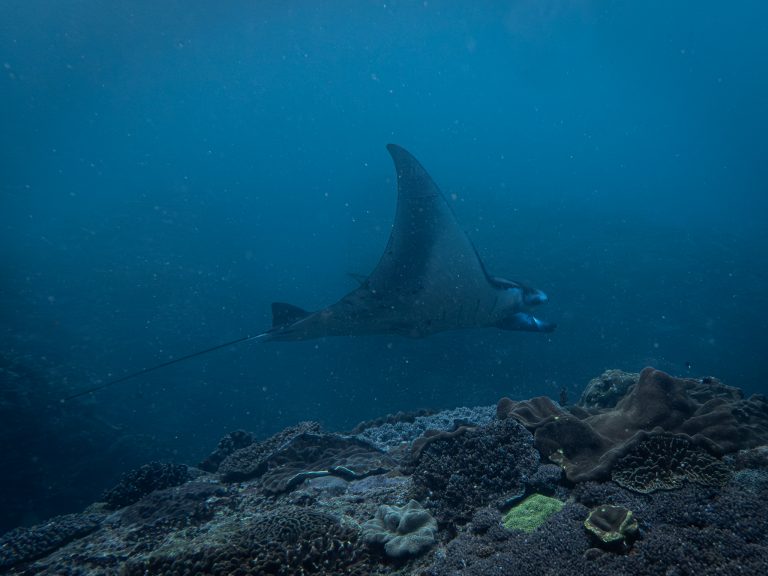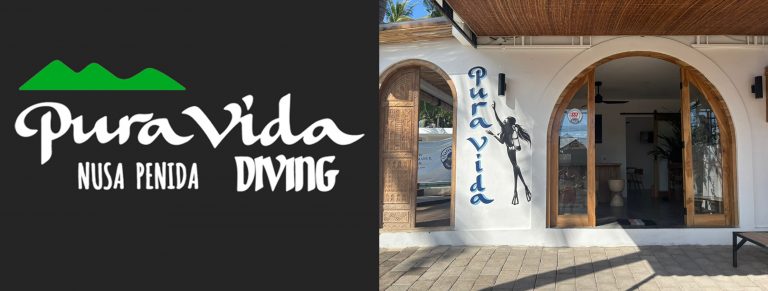Scuba Diving at Nusa Penida, Bali
Explore Diving in Nusa Penida
September 2025
Nusa Penida has become one of Bali’s most famous dive destinations, and for good reason. It’s one of the few places in the world where you can see manta rays throughout the year, often gliding gracefully above cleaning stations. Between July and October, divers also travel here in the hope of spotting the elusive oceanic sunfish, known locally as Mola.
Beyond the big encounters, the reefs are alive with colour and variety. More than 500 species of reef fish thrive here alongside soft corals, sea turtles, eagle rays and the occasional reef shark. It’s also common to spot blue-spotted stingrays, lionfish, octopus, and shoals of trevally and barracuda sweeping through the currents. Every so often, a migrating whale shark even passes by, making each dive feel full of possibility.
Diving is possible year-round, with the rainy season bringing calmer sites and warm waters, while June to November offers cooler conditions and excellent visibility. No matter the season, the reefs remain healthy and vibrant, and the chance to dive with mantas or a Mola makes Nusa Penida a must on any Bali dive trip.
Getting to Nusa Penida and Where I Stayed
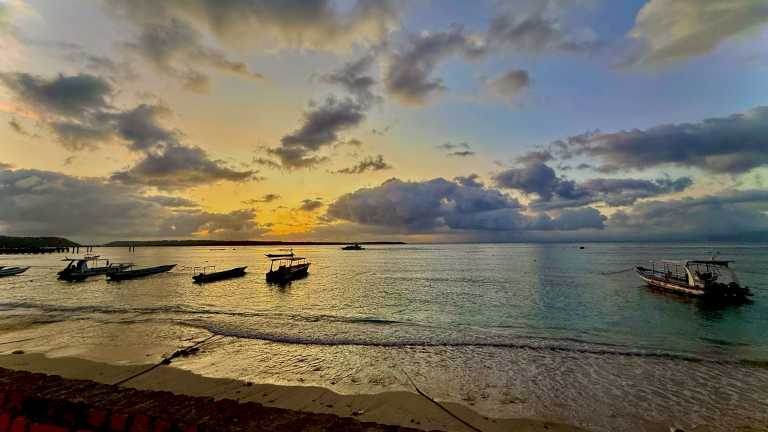
My journey started at Kuala Lumpur International Airport with a flight to Denpasar, Bali (I Gusti Ngurah Rai International Airport). On arrival, I had arranged an airport pickup through Booking.com, which worked smoothly, but you can also use Grab or Gojek for transfers. Gojek is a little cheaper and widely used in Indonesia, though you need to set up the app once you’re in the country. If you have Wi-Fi or data, it is worth registering as soon as you land. My driver was waiting with a sign and took me straight to my overnight hotel in Sanur, which is the port town where boats leave for Nusa Penida.
I stayed at Made House Homestay and Dormitory. For just £18, I had a private double room, though there is also a dorm option if you are travelling on a budget. The staff were incredibly friendly, there was a small splash pool, and you could buy drinks onsite. It was perfect for one night, and if you fancy food or a stroll, the beach is only a 5 to 10 minute walk with plenty of small restaurants and shops.
The next morning, I headed to the ferry ticket office in Sanur to collect my booking made through 12GO. It is a platform I use often in Southeast Asia for ferries and transfers. There are plenty of operators to choose from, I went with El Rey which offered the best mix of speed and price. Boarding at Sanur’s new port terminal is a far cry from my visit three years ago when you had to wade through waves to climb aboard. The fast boat to Nusa Penida took around 45 minutes, was comfortable, and even had cold beers available.
On arrival at Nusa Penida’s ferry port, all visitors need to pay a tourism retribution fee of 25,000 IDR per adult at the time of my visit. Like many places in Bali, you will be approached by taxi drivers, sometimes persistently. As my hotel was close by, I avoided the hassle and walked.
I stayed at D’vayana Nusa Hotel, a family-run place that was still completing some rooms but already very welcoming. My room was huge, the bed was super comfortable, and the air conditioning was a relief after travelling. The location was ideal too, just a short walk from the beach, supermarket, restaurants and the dive school.
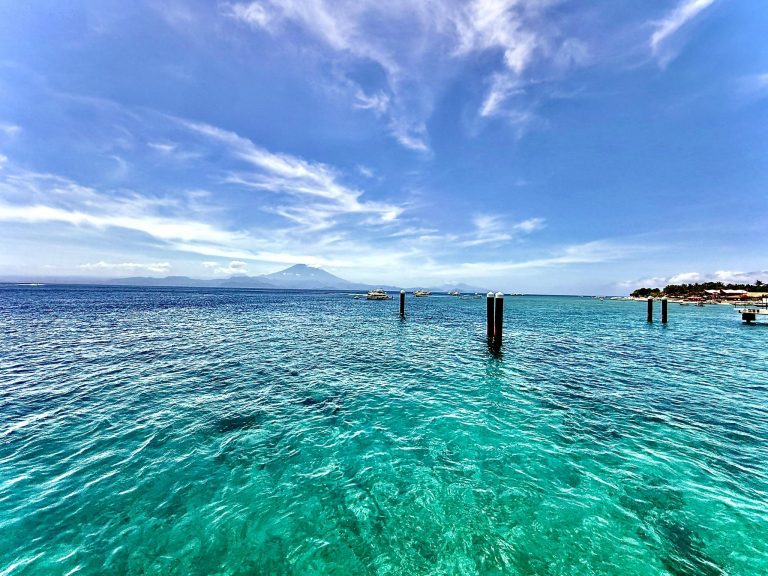
Diving with Pura Vida Nusa Penida
Before arriving in Bali I had already booked with Pura Vida Nusa Penida Diving. They had great reviews online and a professional-looking website, which always makes a good first impression on me. I arranged two full days of diving, each with three dives. Both days included visits to Manta Point and Crystal Bay, two of the most popular dive sites in the area.
The day before diving, I stopped by the dive shop to complete paperwork and sort out equipment. The shop itself was brand new and had only been open for around five months. The equipment was also new and very well looked after, which gave me confidence straight away.
It had a Spanish feel, which makes sense as Pura Vida also operate in Spain, Thailand and Mexico. They cater well to Spanish divers but everything is also available in English. The facilities included a small training pool, classrooms, showers, toilets and a relaxed chill-out area. The staff were all friendly and excellent, and the dive masters were knowledgeable and good fun to be around. It was a great start.
On dive days the routine was simple. After collecting equipment, we walked around 100 metres to the beach where the boat was waiting. The schedule was two dives in the morning during one boat trip, then if you chose to do a third dive you returned to the beach for lunch and a break before heading out again in the afternoon.
Manta Point and Crystal Bay
At Manta Point the water was colder than I expected. We wore 5mm wetsuits, which felt unusual after diving in rash vests across Southeast Asia, but it soon made sense. Almost immediately we saw manta rays gliding by. The site is busy with both divers and snorkellers, some of whom dive down to get selfies which can disturb the mantas. Our guides gave clear instructions on behaviour and distance, with the rule that breaking them would mean the dive being cancelled. I appreciated that. Moving away from the main cleaning station, we found a single ray circling a quieter spot, which was incredible to watch in peace.
Crystal Bay was equally impressive. Known for Mola Mola sightings, the site also offered stunning macro life and larger visitors. We spotted marble rays resting under a rock and, on my second day, we were lucky enough to see two Mola Mola. Having only seen them briefly in the Galápagos before, it was an unforgettable moment.
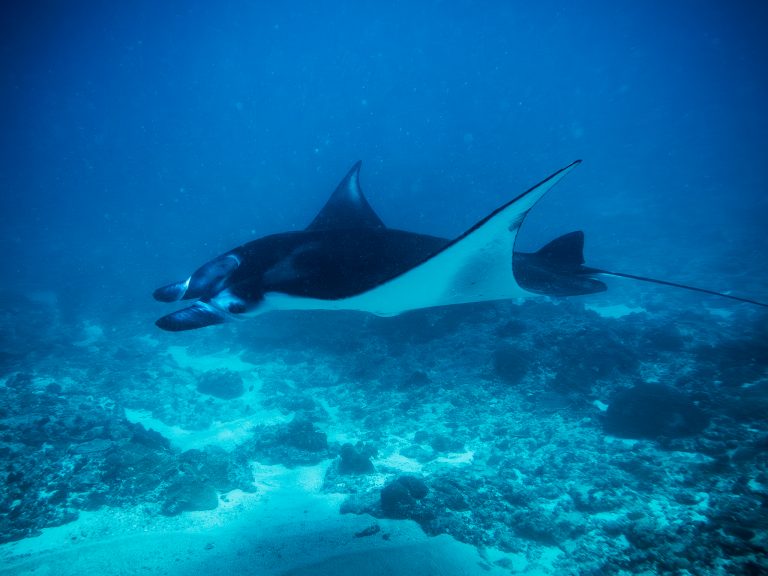
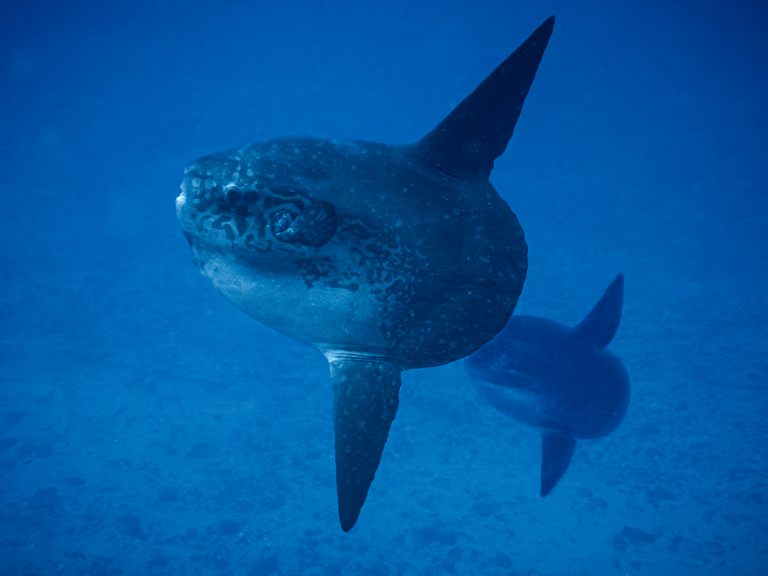
Ped and Mangrove Point
We also dived at Ped, a short ride from the shop. The reef here has a wide plateau full of life and drops into a wall. It turned into a very special dive when a young whale shark appeared. At first only our guide spotted it, but soon enough it came back towards us and we all had a chance to take in the sight. Calm, graceful and completely unbothered by us, it was the highlight of the dive.
Another memorable site was Mangrove Point, located off Nusa Lembongan. This is a drift dive with a strong current, so the pace is quick, but the reef is in fantastic condition. Coral covers the slope completely and the variety of marine life was incredible. It was like watching an underwater show as everything passed by in the current.
Final Thoughts on Diving Nusa Penida
If you are planning a trip to Nusa Penida, I would say Manta Point is worth doing once. The manta rays are incredible, but the site has become very busy with divers and snorkellers which takes away from the experience a little. Crystal Bay, on the other hand, is a dive I could happily repeat again and again. The mix of marine life, the chance of spotting a Mola Mola, and the beautiful reef make it one of my favourites.
There are so many other sites around Nusa Penida that I did not have the time to explore, which gives me the perfect reason to return. This is a destination I will definitely be back to, with plenty more diving adventures waiting.
Nusa Penida Diving Gallery
